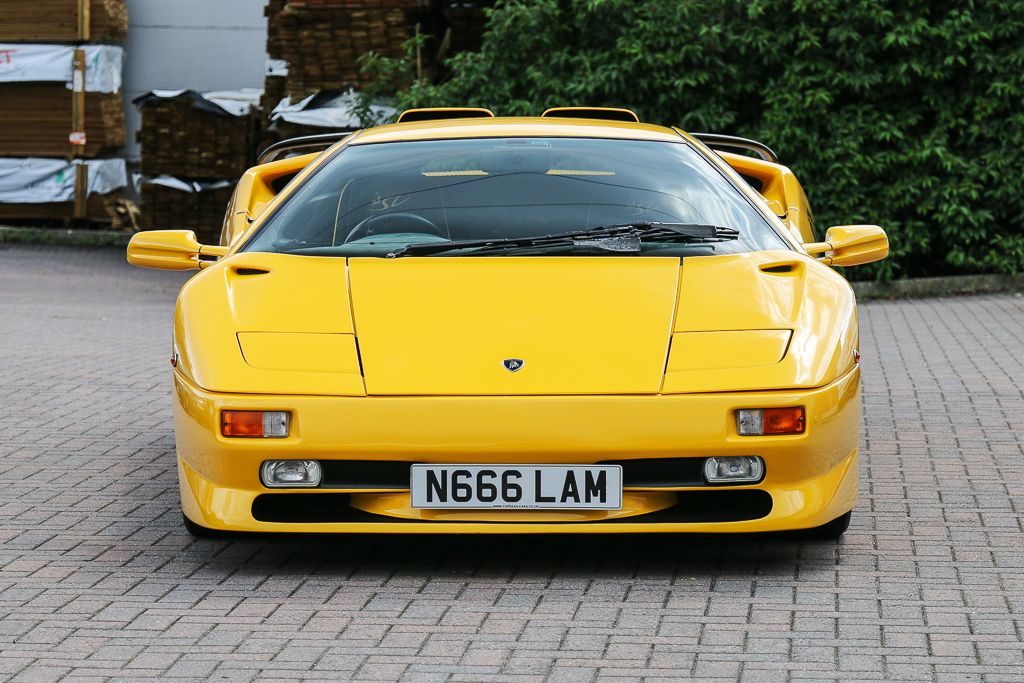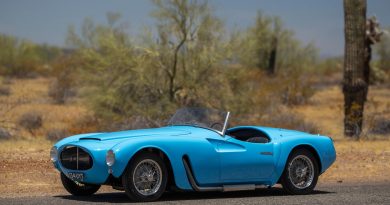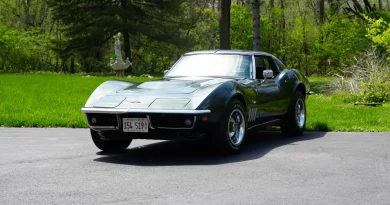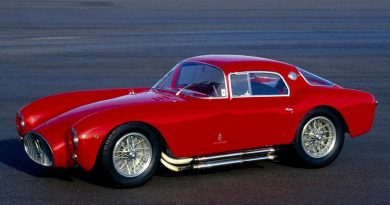1996 Lamborghini Diablo
The Lamborghini Diablo (“Devil” in English) was a high-performance supercar built by Lamborghini of Italy between 1990 and 2001.

Lamborghini has always made very special supercars. The names of those cars resonate with gearheads across the globe. Miura, Countach, Diablo, Aventador, and more recently Sian. These are names that mean a lot to so many people. The Diablo could be well argued as the last, really insane Lamborghini before Audi’s sensible intentions started to be more apparent within the company. The SV or “Sport Veloce” variant of the Diablo was an optional add-on package to the base car. It lacked the VT’s all-wheel-drive system and electronic suspension, but it featured the VT’s revised dashboard and larger brakes, a new 3-piece adjustable spoiler and was powered by a modified version of the 5.7 litre V12 producing 510 horsepower (380 kW). The car’s air intakes were slightly differently shaped, and from 1999 onwards the vehicle had exposed headlamps as opposed to the pop-up units previous versions used.
Tuning company Auto König of Germany produced a tuned variant of the SV featuring further suspension modifications, massive brakes and a twin-turbocharger system, boosting the car’s output to over 800 horsepower (597 kW).
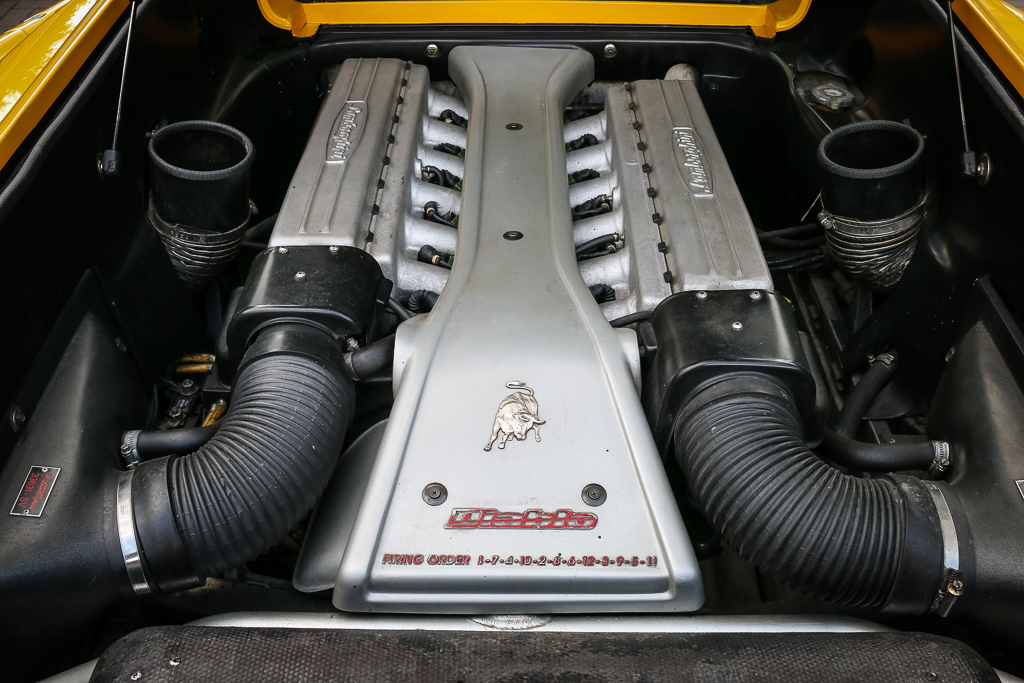

There is plenty to get excited about with this car. The wheels are racing wheels, and they are in Pirelli tires and they are truly stunning. Other highlights are the chromed bolts. Brembo brakes with black calipers look incredible. Inside the car there is a black interior, with some nice amenities such as bucket seats, air conditioning, power windows and more.

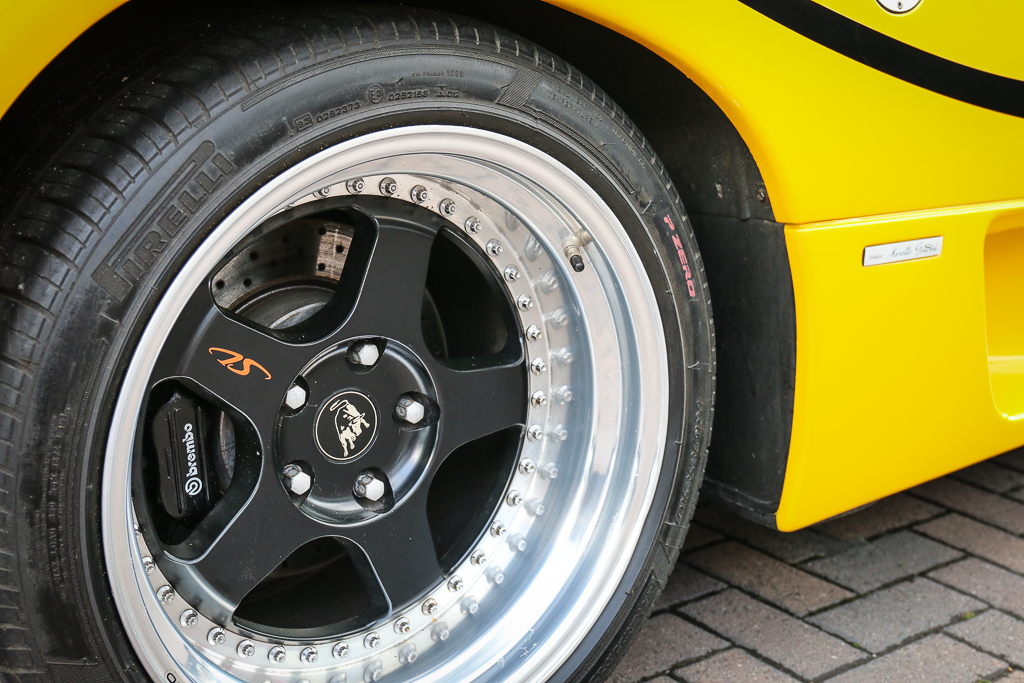
An open roadster had been shown at the Geneva Motor Show in 1992 but another three years would pass before customers could buy the production version. Historically significant as Lamborghini’s first open-top production car with a V12 engine, the Diablo Roadster was yet another example of the popular ‘Targa Top’ concept that relies on removable roof panels to provide fresh-air motoring. In the Diablo’s case the single panel is stored over the engine cover when not in place. Despite the absence of a fixed roof, Lamborghini claimed that the Roadster was every bit as stiff as the Coupé.
